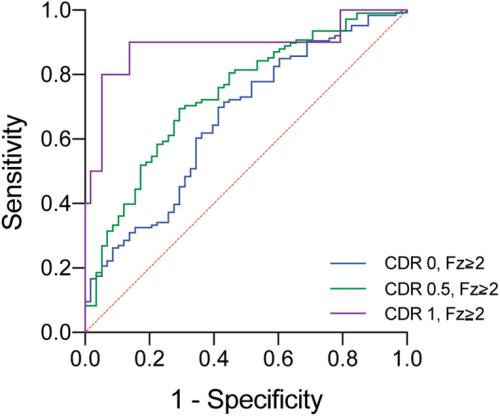Placental growth factor as a sensitive biomarker for vascular cognitive impairment

Abstract
Introduction
High-performing biomarkers measuring the vascular contributions to cognitive impairment and dementia are lacking.
Methods
Using a multi-site observational cohort study design, we examined the diagnostic accuracy of plasma placental growth factor (PlGF) within the MarkVCID Consortium (n = 335; CDR 0-1). Subjects underwent clinical evaluation, cognitive testing, MRI, and blood sampling as defined by Consortium protocols.
Results
In the prospective population of 335 subjects (72.2 ± 7.8 years of age, 49.3% female), plasma PlGF (pg/mL) shows an ordinal odds ratio (OR) of 1.16 (1.07-1.25; P = .0003) for increasing Fazekas score and ordinal OR of 1.22 (1.14-1.32; P < .0001) for functional cognitive impairment measured by the Clinical Dementia Rating scale. We achieved the primary study outcome of a site-independent association of plasma PlGF (pg/mL) with white matter injury and cognitive impairment in two of three study cohorts. Secondary outcomes using the full MarkVCID cohort demonstrated that plasma PlGF can significantly discriminate individuals with Fazekas ≥ 2 and CDR = 0.5 (area under the curve [AUC] = 0.74) and CDR = 1 (AUC = 0.89) from individuals with CDR = 0.
Discussion
Plasma PlGF measured by standardized immunoassay functions as a stable, reliable, diagnostic biomarker for cognitive impairment associated with substantial white matter burden.
